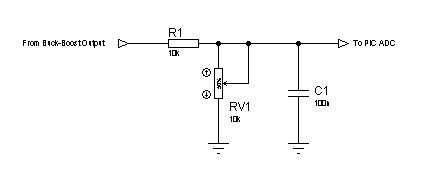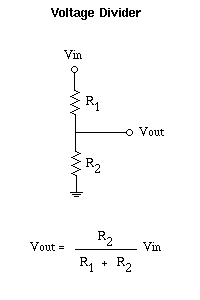JazzRei
Member level 1
Hi...
I am designing a non-inverting buck boost converter with input of 5V and produce output range of 1V to 12V but i need to feedback into ADC of the microcontroller to display the output voltage on the PC. However, I know I need to use voltage divider circuit to scale down the output voltage. Eg 12V to 3V and fed into the ADC.
Can anyone give me an idea on how I should do?
Thanks.
I am designing a non-inverting buck boost converter with input of 5V and produce output range of 1V to 12V but i need to feedback into ADC of the microcontroller to display the output voltage on the PC. However, I know I need to use voltage divider circuit to scale down the output voltage. Eg 12V to 3V and fed into the ADC.
Can anyone give me an idea on how I should do?
Thanks.

